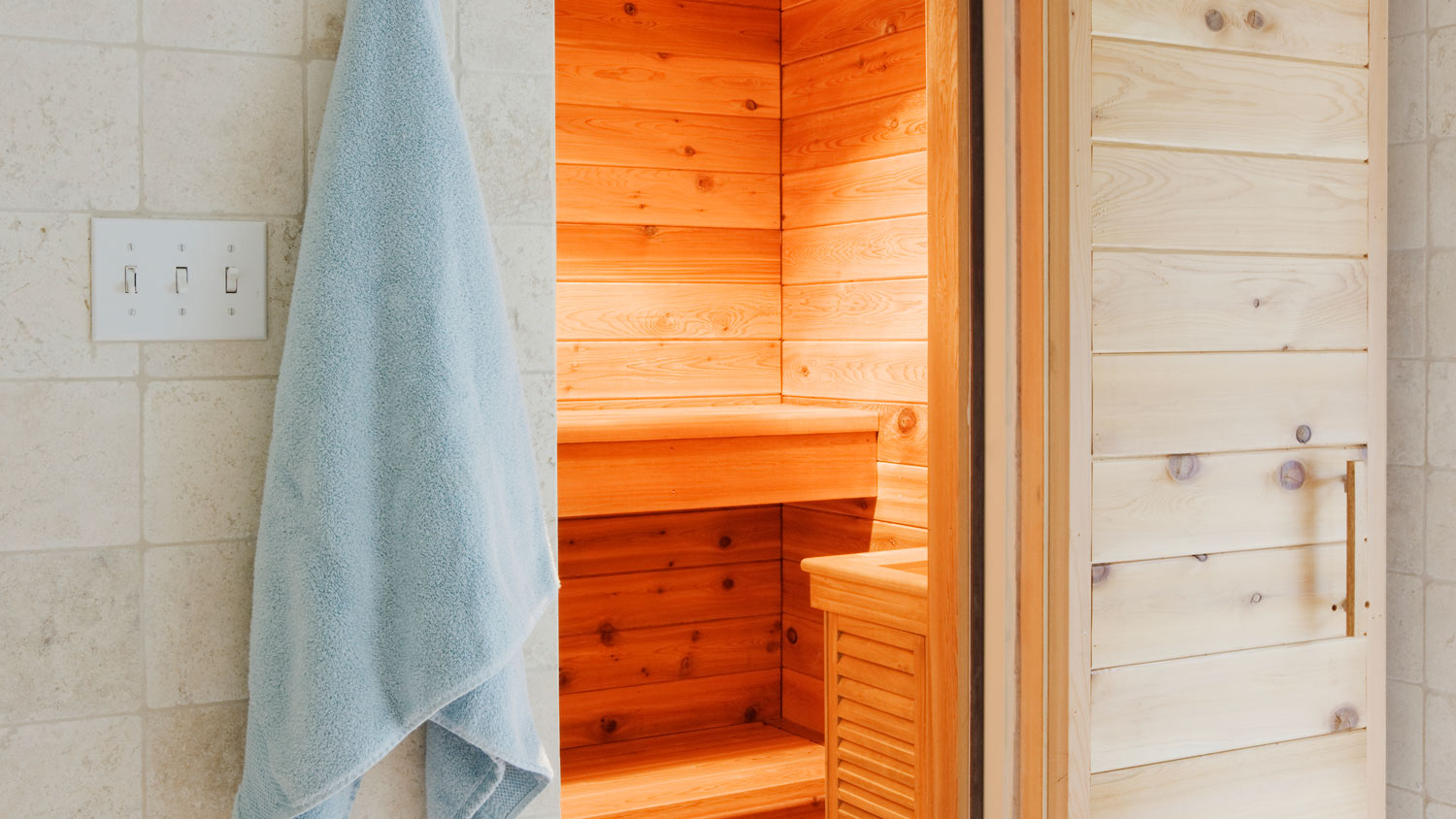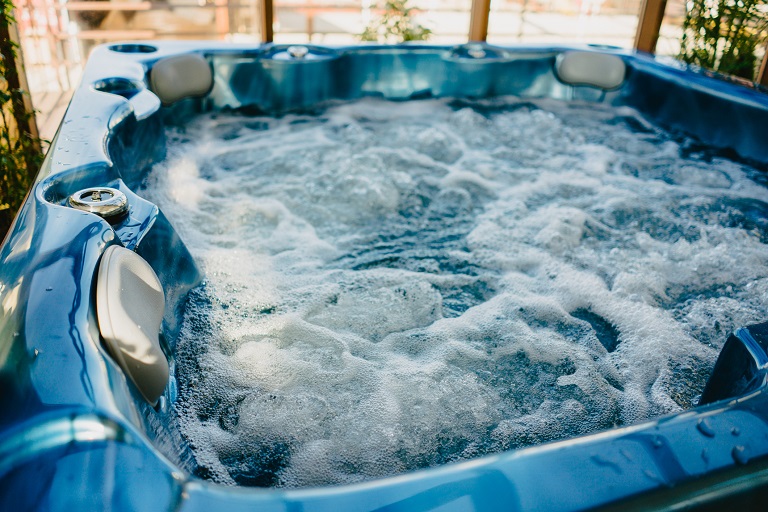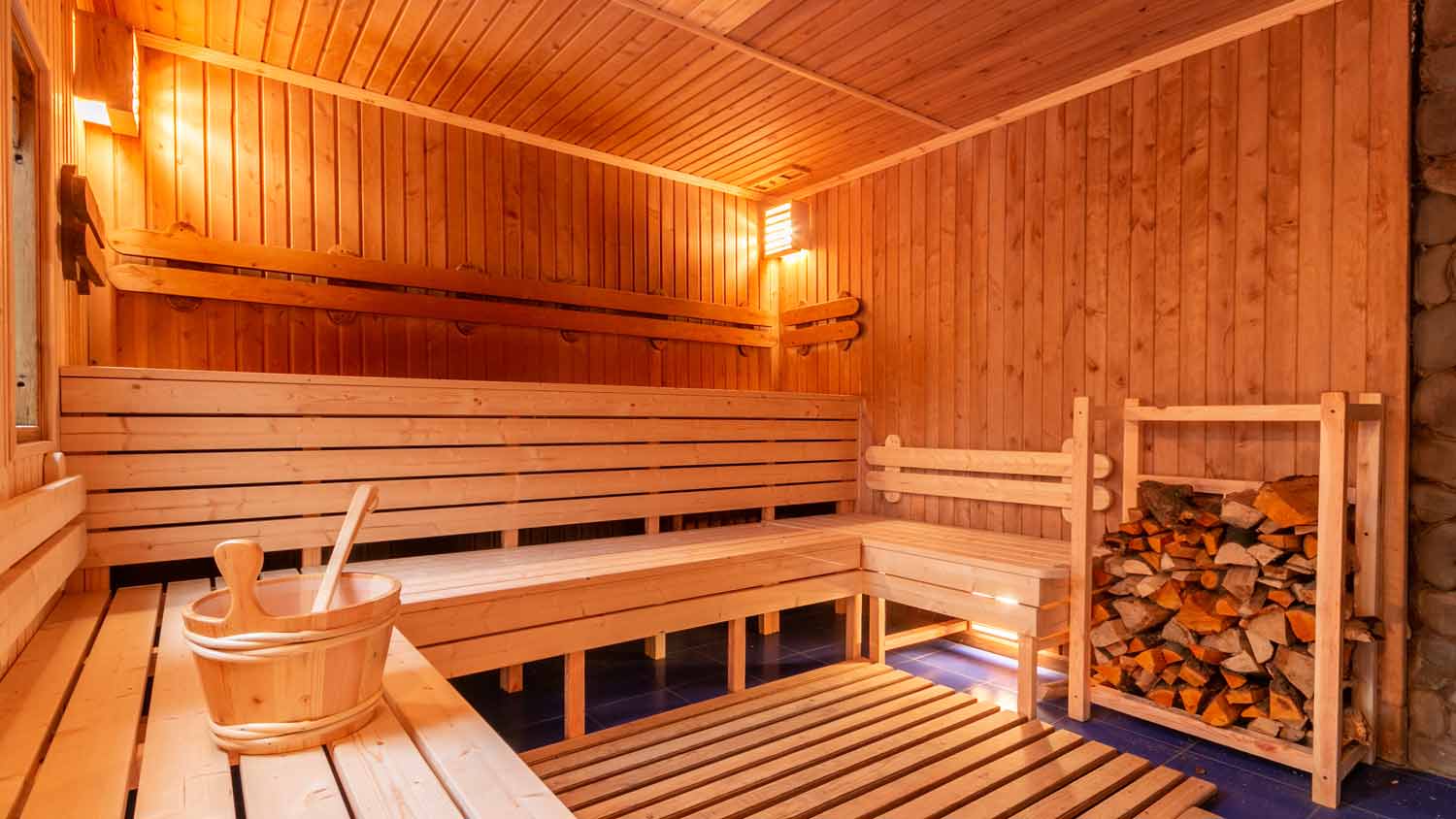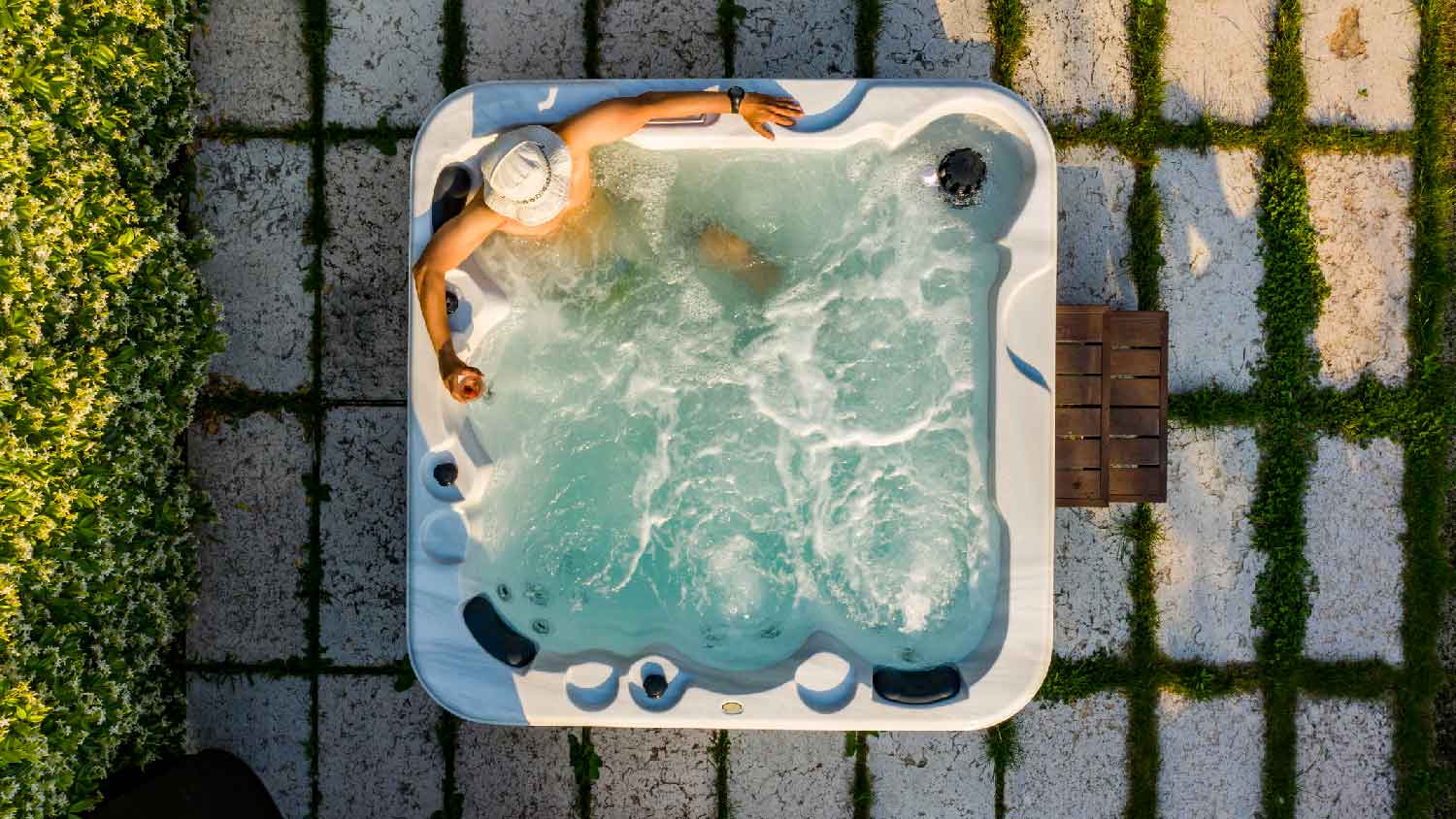
Discover how much installing a steam room costs, including average prices, key cost factors, and tips to save on your steam room installation.
Get back to the relaxation you deserve


The most common cause of swim spa problems is imbalanced water.
Bathing before you enter your swim spa can help prevent many problems.
Leave mechanical or electrical repairs to a professional.
Having a backyard swim spa means you can relax and unwind at a moment’s notice. That is, unless the jets suddenly stop working, or the water chemistry seems off. In this guide, we’ll discuss nine of the most common swim spa problems and how to fix them. Don’t worry; you’ll be back to backyard bliss in no time.

Few things can ruin your relaxation like unpleasant cloudy water in your swim spa. Most of the time, the cloudy water is due to mineral or chemical imbalances, including the following:
Chlorine
A chlorine alternative, like bromine
Calcium
Magnesium
You might also be experiencing cloudy water if your swim spa is dirty, which is typically a sign of a clogged or malfunctioning filter. An imbalanced water pH might also be causing the cloudiness.
The first thing you should do to fix cloudy water in your swim spa is check the water levels, including the pH and the chlorine or bromine levels. If the pH is out of range, use pH-up or pH-down to adjust accordingly. If chlorine or bromine levels are too high, you can let them naturally come down and adjust how much you add to your water next time you need to do swim spa maintenance.
If you find that the issue is heavy calcium or magnesium from hard water in your area, you can either replace some of the water with softer water—it might be a good idea to get more pool water delivered for proper levels—or add a sequestering agent to bring the levels down.
If you find that your skin or eyes are irritated after taking a dip in your swim spa, or you’re noticing that your hair is discolored or weak and brittle from extended use, chances are your chlorine levels are too high. You might also notice worsening allergy symptoms or respiratory issues, like asthma, if the chlorine is too concentrated.
Your first step should be to test your water to gauge the chlorine levels. If they’re elevated, wait for the sanitizer to dissipate naturally and retest. Next time you shock or treat your swim spa, use less chlorine to prevent a spike.
Another long-term solution is to switch to an alternative for swim spa chlorine. You can use bromine instead, which is less of a skin and eye irritant. Or you could consider converting your spa to a saltwater system or having a professional install an ozonator to produce ozone to disinfect your water.

If you notice green deposits on the walls of your spa or around the jets, you’re likely experiencing algae growth. It’s difficult to completely avoid algae growth in most pools and spas, but there are things you can do to keep it under control.
Your first order of business to deal with algae in your swim spa is to scrub it off of the walls and jets using a cleaning brush. Getting the green deposits off right away can help prevent staining of the liner.
Once the algae is off, you can help prevent it from coming back by keeping your spa covered when not in use. Algae needs sunlight to thrive, so blocking the sun with a cover is good practice. Keeping your water chemistry in check can also help, as can occasionally using a non-foaming algaecide. A more permanent prevention method would be to install an ionizer that contains copper to kill the algae naturally.
Relaxation can quickly come to a halt if you notice a strong chemical odor in your swim spa. The smell will almost always come from chlorine or bromine, and while you can't get rid of it entirely, you can reduce it to make it less harsh.
You need some kind of sanitizer in your swim spa, so ditching the chlorine or bromine isn’t usually a good idea. However, a strong odor probably means your levels are too high. Test the levels and adjust accordingly.
If the issue doesn’t go away, you could consider converting to saltwater or using an ozonator to reduce the amount of chlorine you need to keep your water clean.

Foaming water might seem like a nice addition to a relaxing soak in a swim spa, but it actually indicates a problem with your water chemistry or filtration. If you notice that your spa water is foaming, get your water test kit out.
First, check your water chemistry for proper chlorine levels and pH. Adjusting these could fix the issue in your swim spa. More likely, your water has high levels of body oil or other contaminants, like soap, lotion, or other cosmetic products.
A short-term solution would be to use a foam reducer. For a long-term solution, make sure anyone who gets in your swim spa showers beforehand. This can seem like a hassle, but it can help prevent your filter from clogging from the contaminants.
If you have metal components in your swim spa, like jet covers or the latches for the cover, you could see an issue with corrosion, rusting, and pitting. This is not only unsightly, it can also be a sign of an underlying problem with your water’s chemistry.
The best thing to do if you notice metal corroding in your swim spa is to test your water more frequently to make sure everything is in check. The most likely culprit is, once again, a high chlorine level. Make sure you’re testing your levels two to three times a week and adding just enough chlorine to bring the levels back to normal when you do need to add chemicals. If you’re struggling to get everything balanced, call in a swim spa maintenance pro for help; they can also evaluate whether any of the corroded metal needs to be repaired or replaced.

A swim spa can quickly get a lot less luxurious if the jets won’t turn on or aren’t pumping out the normal amount of water. There are a few things that can cause spa jets to fail, including the following:
The jets are closed
The water level is too low
The breaker is tripped
The filter is clogged
The pump is malfunctioning
If your jets are pumping some water but won’t get up to their normal power level, check the filter for clogs, make sure the water is up to the minimum level, and ensure that the jets are open. These are all relatively simple fixes that you can do yourself.
If you find that the breaker is tripped, turn it back on and check the jets again. If the breaker keeps tripping, you’ll need to call for service, as you likely have an issue with the electrical components. If your pump is malfunctioning, you’ll also need to call a hot tub electrician for service.
A swim spa should get up to temperatures of between 80 and 105 degrees, depending on your preferences. If you have your temperature set properly and the water isn’t heating up as it should, you might have a problem with your heater or filter.
The easiest solution is to check your temperature setting. Make sure someone else hasn’t turned the temperature down. If it’s where you want it, you can check the filter for clogs, which can affect how efficiently your heater works. If you don’t have a clog, you should call a local hot tub repair specialist for help. They can diagnose the problem (it could be an electrical issue, for example) and get a solution in place quickly.
A variety of swim spa problems can cause a tripped breaker, and while a single trip isn’t usually a problem, continuous tripping is indicative of a larger issue.
In most cases, repeated tripping is caused by an electrical problem or an issue with the swim spa’s internal components. If you’re experiencing this issue, you should leave the breaker off, cover your swim spa, and call a repair technician to come assess the issue. The repair can get expensive, but it will almost always be less than the cost of a new swim spa.
From average costs to expert advice, get all the answers you need to get your job done.

Discover how much installing a steam room costs, including average prices, key cost factors, and tips to save on your steam room installation.

We could all use some relaxation, but we don’t always have the budget. This guide will show you how much an in-ground hot tub costs—no matter the build.

Wondering how much it costs to run a hot tub? Discover average monthly and yearly costs, key factors, and tips to keep your hot tub expenses in check.

Winterizing your hot tub during colder periods helps prevent potential damage caused by freezing. Learn how to winterize a hot tub.

Discover sauna maintenance cost estimates, including average prices, key cost factors, and tips to help you budget for a clean, efficient sauna.

Does your hot tub have you seeing green? Get the answer to "why is my hot tub green" and find out how to get the water back to normal.